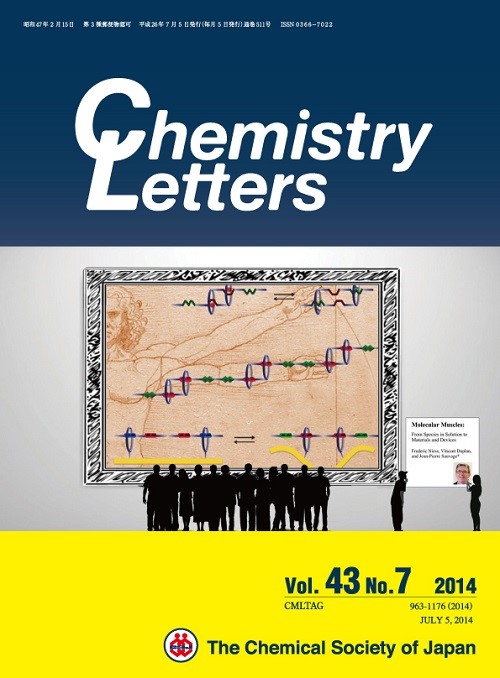-
Views
-
Cite
Cite
Hiroki Suga, Qiaohui Fan, Yasuo Takeichi, Kazuya Tanaka, Hiroaki Kondo, Vladimir V Kanivets, Aya Sakaguchi, Kenji Kato, Nobuhito Inami, Kazuhiko Mase, Kanta Ono, Yoshio Takahashi, Characterization of Particulate Matters in the Pripyat River in Chernobyl Related to Their Adsorption of Radiocesium with Inhibition Effect by Natural Organic Matter, Chemistry Letters, Volume 43, Issue 7, July 2014, Pages 1128–1130, https://doi.org/10.1246/cl.140222
Close - Share Icon Share
Abstract
Although cesium adsorbs onto the interlayer of clay minerals, coexisting natural organic matter (NOM) can inhibit this adsorption because of their blocking effect. A large amount of dissolved organic carbon (DOC) in the Pripyat River (= 18 mg L−1) is responsible for the large dissolved fraction of cesium in the river as suggested by cesium LIII-edge EXAFS. In addition, the carbon K-edge NEXAFS by STXM showed that humic acid coats clay minerals in the Pripyat River, which is responsible for the blocking effect.




